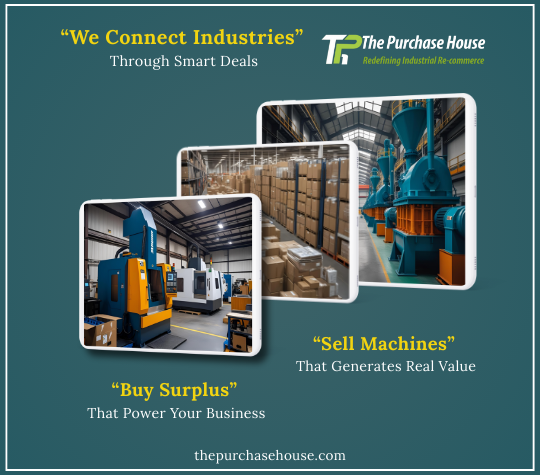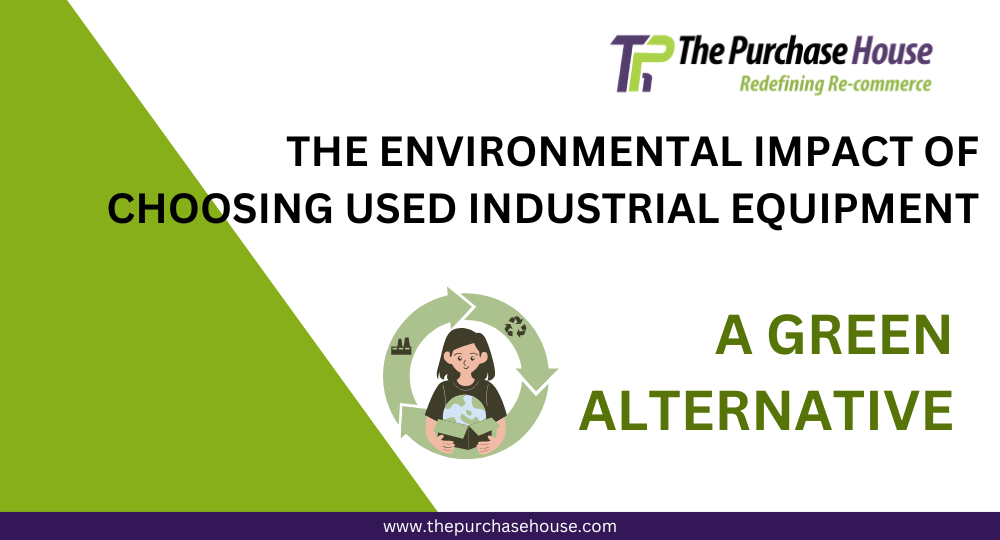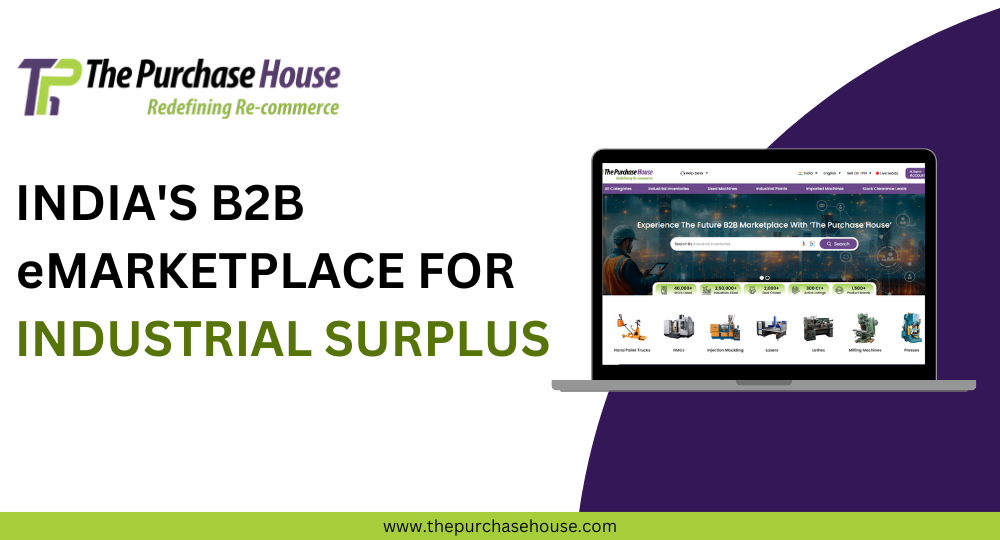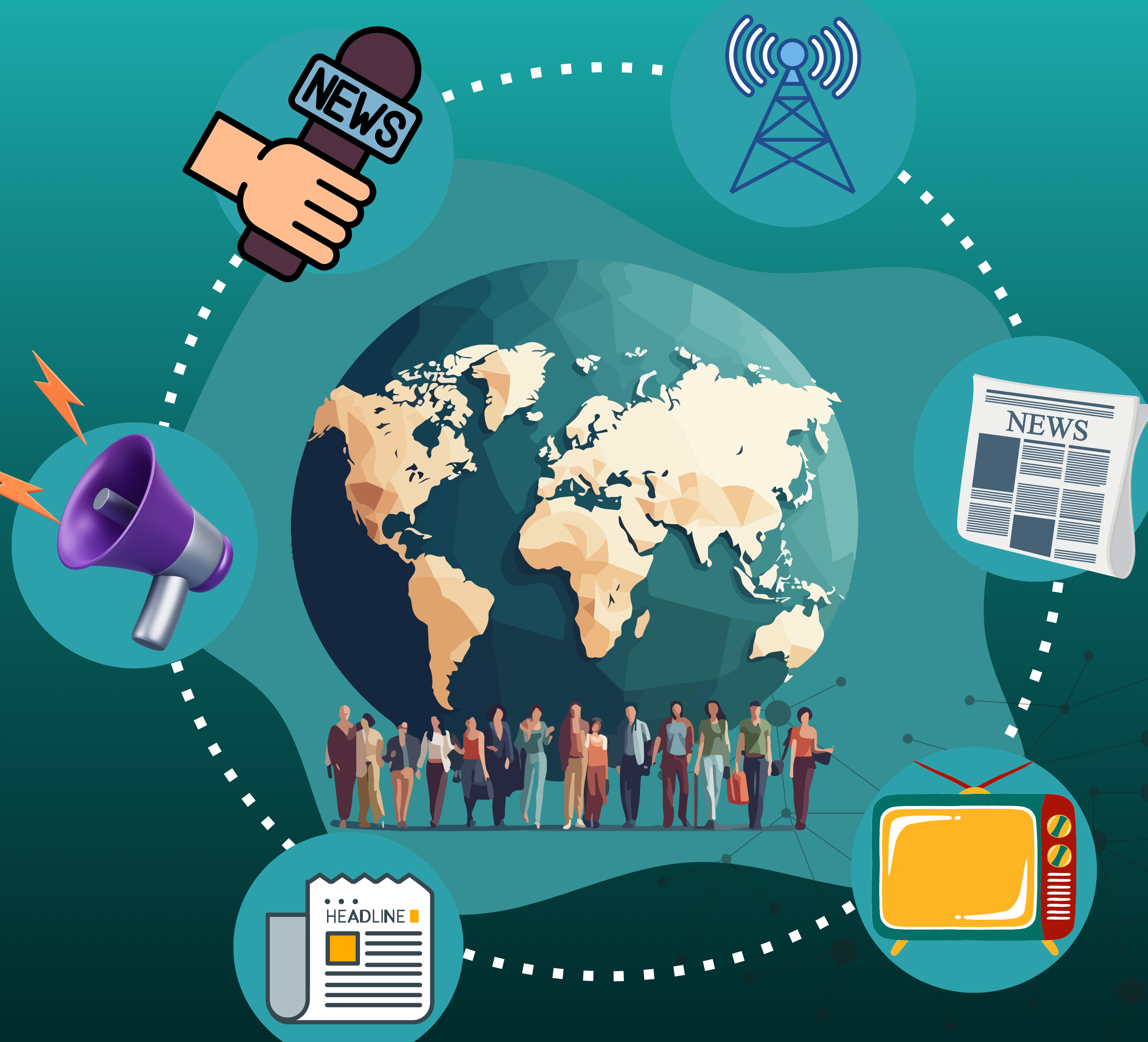The world is gradually waking up to the urgency of adopting sustainable practices, and businesses are increasingly looking for ways to reduce their environmental impact. One often-overlooked yet highly effective strategy is purchasing used industrial equipment instead of opting for brand new machinery. While many may be tempted to purchase the latest, high-tech equipment, the environmental advantages of buying pre-owned machines are substantial and cannot be overlooked.
This article will explore the myriad of environmental benefits that come with buying used industrial equipment. From reducing waste and lowering carbon emissions to conserving natural resources, we’ll see how making the shift to pre-owned machinery can benefit both your business and the planet.
The Circular Economy: Breathing New Life into Old Machinery
At the core of the environmental benefits of purchasing used industrial equipment lies the concept of the circular economy. In simple terms, the circular economy is a model that promotes the continuous use of resources, where products are reused, refurbished, and recycled rather than disposed of. This contrasts with the traditional linear economy, where products follow a "take, make, dispose" cycle.
When you buy used equipment, you are participating in the circular economy by giving old machinery a second life. Rather than allowing it to sit in a warehouse or landfill, pre-owned machines are refurbished and returned to the market, ready to serve another industrial function. In this way, fewer resources are needed to produce new equipment, resulting in lower energy consumption, fewer raw materials being extracted, and a reduction in overall pollution.
The energy required to manufacture a brand-new machine is significant, and it can take a toll on the environment. Raw materials like steel, aluminum, and copper are mined from the Earth, refined, and transported long distances to manufacturing plants. This process is energy-intensive and generates substantial carbon emissions. In contrast, refurbishing existing equipment uses a fraction of the energy and resources needed to create new machines, making it a more sustainable option.
Reducing Waste: Preventing Machinery from Ending Up in Landfills
Industrial equipment, especially heavy machinery, can have a long lifespan, often lasting decades if maintained properly. However, many companies replace equipment when it's still functional, especially when upgrading to newer models. This leads to a significant amount of waste—machines that still have usable life left are discarded in favor of the latest models.
In fact, the disposal of industrial machinery is a major environmental concern. When these machines are not properly recycled, they can end up in landfills, where they contribute to environmental degradation. Certain parts of machinery contain hazardous materials that can leach into the soil and groundwater, polluting local ecosystems. By purchasing used equipment, companies contribute to diverting these machines from landfills and ensure they are reused, refurbished, or responsibly recycled.
Many businesses may not realize that by selling their old equipment rather than discarding it, they are not only recovering some of the initial investment but also contributing positively to the environment. This mindset shift toward the reuse and recycling of industrial equipment helps reduce the accumulation of waste and lowers the demand for new manufacturing.
The Environmental Cost of Manufacturing New Equipment
As mentioned earlier, the production of new industrial machinery is an energy-intensive process. In fact, studies have shown that manufacturing new industrial equipment is responsible for a significant portion of carbon emissions in the industrial sector. The process begins with extracting raw materials, such as iron ore for steel production, bauxite for aluminum, and various rare metals for electronic components. Mining these materials has a tremendous environmental impact, from the destruction of ecosystems to the pollution caused by mining practices.
Once these materials are extracted, they are transported to factories, where they undergo various stages of production, including refining, molding, and assembly. This process often involves the use of high-energy furnaces and industrial machines, further contributing to carbon emissions. For instance, the production of a single ton of steel can release up to 1.8 tons of carbon dioxide into the atmosphere.
When you purchase used equipment, you are effectively bypassing this energy-heavy production process. Since the equipment already exists, it eliminates the need for further mining, refining, and manufacturing, thus reducing the environmental toll of industrial machinery production.
Lowering Carbon Emissions through Refurbishment
Refurbishing used machinery is another crucial factor in reducing its environmental impact. Rather than purchasing a new machine that requires the extraction of raw materials and the use of vast amounts of energy, companies can choose to buy refurbished equipment. This process typically involves restoring machinery to its original condition by replacing worn-out parts, updating components to meet modern standards, and conducting thorough testing to ensure functionality.
The carbon footprint of refurbishing equipment is far lower than producing new machines because it involves minimal energy consumption compared to the manufacturing of new parts. Many times, the refurbishing process is also accompanied by upgrades, such as installing more energy-efficient components or improving machinery to reduce resource consumption. By doing so, businesses contribute to a reduction in emissions and overall energy use.
Moreover, buying refurbished equipment offers another advantage: it's often tested for performance, ensuring that it will perform just as well as—or even better than—new models. This gives companies the assurance they need to purchase used machinery with confidence, knowing that the equipment is reliable and won't have a detrimental impact on their operations.
A Green Investment: Cost Savings and Sustainability in One Package
Apart from the obvious environmental benefits, purchasing used industrial equipment also makes sound financial sense. The initial cost of used machinery is generally lower than that of new models, providing significant savings for businesses. These savings can be redirected toward other critical areas of operation, such as research and development, employee training, or the expansion of operations.
The lower upfront cost of used equipment, combined with its environmental advantages, makes it an ideal choice for businesses that want to reduce their ecological footprint while still obtaining high-quality machinery. The financial benefits, coupled with the positive environmental impact, create a win-win situation for companies striving to operate more sustainably.
Case Study: How One Manufacturer Reduced Its Carbon Footprint by Purchasing Used Equipment
To illustrate these points further, let’s consider a case study. A manufacturer in the automotive industry decided to replace several of its outdated machines with pre-owned, refurbished equipment. By making this decision, the company was able to lower its initial capital expenditure and save on production costs. The newly purchased equipment performed just as efficiently as the older models, but with the added benefit of being more energy-efficient due to the upgrades made during the refurbishment process.
In addition to the cost savings, the company was able to reduce its carbon emissions significantly. Refurbishing old machinery rather than buying new reduced the need for raw materials, saved energy, and lowered the overall environmental impact of production. As a result, the manufacturer not only benefited financially but also made a considerable contribution to its corporate social responsibility (CSR) goals.
How Buying Used Equipment Helps Your Business Go Green?
For businesses looking to adopt green practices, purchasing used industrial equipment is one of the most effective strategies. It aligns with sustainability goals by reducing waste, conserving resources, and minimizing emissions. Additionally, it offers businesses a competitive edge by demonstrating environmental stewardship, which is increasingly important to consumers, investors, and regulatory bodies.
Sustainability is no longer just a buzzword—it’s a key factor in driving success in the modern business world. Companies that embrace green practices often see increased customer loyalty, improved brand image, and greater operational efficiencies. Purchasing used equipment is just one of the many ways to integrate sustainability into your business practices.
Key Takeaways:
Buying used equipment contributes to the circular economy by reusing and repurposing machinery.
Refurbishing equipment reduces waste and lowers the demand for new raw materials, helping to preserve natural resources.
Manufacturing new machinery has a significant environmental cost, including high energy consumption and carbon emissions.
Purchasing used equipment reduces carbon footprints and energy consumption, benefiting both the environment and the business.
Financially, purchasing used equipment offers savings, allowing businesses to reinvest funds into other areas while reducing their environmental impact.














